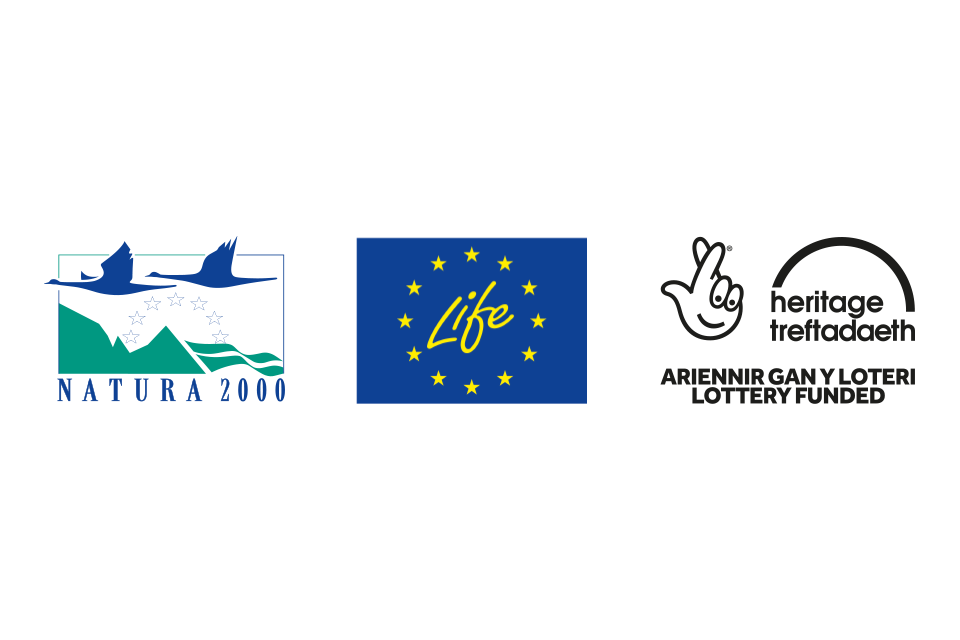Marches Mosses BogLIFE project
Find out how LIFE EU funding is helping Natural England and partners restore Britain’s third largest lowland raised bog on the Shropshire/Welsh border.
Applies to England and Wales
Documents
Details
In August 2016 the EU LIFE programme awarded Natural England a multi-million pound grant over 5 years to support the Marches Mosses BogLIFE project. The aim is to restore the Fenn’s, Whixall, Bettisfield, Wem and Cadney Mosses Special Area of Conservation (SAC). The partnership includes Natural Resources Wales and the Shropshire Wildlife Trust. The project’s also supported by the Heritage Lottery Fund.
The project plans to create a healthier and larger habitat for Marches Mosses by storing rainfall on the existing bog where appropriate by:
- blocking ditches
- creating small bunds (low banks) to prevent runoff
- buying and restoring more peatland
- removing selected areas of scrub, trees and conifer plantations
To reduce the effects of air pollution on the bog the project will:
- test ways of managing its effects on bog vegetation, such as controlling dense areas of purple moor grass using different methods
- engage with local land managers and others to raise awareness of how air pollution affects the bog and explore ways to reduce its impact
The project will also:
- improve the bog’s water quality
- clean up a former scrap-yard
- monitor the recovery of the bog
- share knowledge gained with managers of similar habitats in the UK and Europe
- establish a centre of excellence for volunteering and training
- raise awareness of the bog by engaging with a wide range of audiences such as local schools
Background
Lowland raised bogs are one of the rarest wildlife habitats in the world. This habitat is very important for biodiversity and for its critical role in carbon storage. The aim is to reduce past damage from:
- plantation forestry
- scrub invasion
- peat extraction
- land drainage for agriculture and other uses
- invasive species
- air pollution
Contact
Email: robert.duff@naturalengland.org.uk

Natura 2000, EU LIFE and Heritage Lottery Fund logos
Updates to this page
-
Project leaflet and links to BogLIFE newsletters added.
-
First published.